Coloring resin transforms ordinary crafts into extraordinary treasures! Whether you're creating jewelry, coasters, or art pieces, adding vibrant hues to clear resin brings your vision to life.
The right colorants—from specialized resin dyes and alcohol inks to mica powders and select craft supplies—ensure brilliant, long-lasting results.
Many crafters are shocked to discover they already own items perfect for tinting resin, though not everything works (avoid water-based products like food coloring!).
Ready to turn your clear resin into a rainbow of possibilities? From shimmering metallics to dreamy transparent effects, this guide covers everything you need to know. Read on to unlock the secrets of perfectly colored resin creations!
Getting Started With Coloring Resin

Adding color to resin opens a world of creative possibilities for your craft projects. The right supplies and resin type will help you create beautiful colored pieces that can be either transparent or opaque depending on your goals.
Choosing The Right Resin For Coloring
Different resins accept colorants in unique ways. Epoxy resin stands out as a beginner-friendly option with its slow curing time, giving you ample opportunity to blend colors and perfect your pour.
For jewelry makers, polyurethane resin offers durability despite its faster setting time, while polyester resins work well for larger projects but come with stronger odors.
Always select clear resin as your base when adding colorants. Some craft-specific formulations are designed to accept color more effectively, potentially delivering superior results despite their higher price point.
Essential Supplies For Colored Resin Projects
To successfully color resin, gather these basics:
Colorants:
- Resin dyes for transparent effects
- Pigment powders for opaque finishes
- Alcohol inks for vibrant, see-through colors
- Mica powders for shimmer and sparkle
Tools:
- Small mixing cups
- Plastic spoons or craft sticks
- Disposable gloves
- Protective surface covering
- Accurate measuring cups
Start with minimal colorant—it's easier to add more than to dilute an overly intense mixture. Different colorant types require varying amounts; for instance, mica powders typically need more product than concentrated liquid dyes to achieve vibrant results.
Mix thoroughly but gently to prevent unwanted air bubbles, ensuring an even color distribution without streaks or clumps.
You can also eliminate frustrating air pockets with a bubble removal machine for flawless, professional results.
Best Colorants For Resin

Choosing the right colorants can make or break your resin projects. The best options give vibrant colors without affecting cure time or final hardness.
Resin-Specific Dyes And Pigments
Specially formulated resin colorants are your secret weapons for stunning results. These highly concentrated powerhouses pack a serious punch—a tiny drop or pinch is all you need! Keep the magic under 10% of your total mixture for best results.
Liquid pigments couldn't be easier to use—simply stir them into your mixed resin and watch the transformation happen.
Working with powder pigments? Give them a good mix with a toothpick for small projects, or try this pro trick: blend the powder with a small resin portion first, then fold into your main batch for perfect distribution.
Just remember to double-check that your pigment plays nicely with resin—water-containing art pigments can crash your curing party!
Mica Powder For Metallic Effects
Want to add some serious sparkle? Mica powder brings the bling with gorgeous metallic and shimmery effects that catch light and turn heads. From elegant gold and silver to eye-popping blues and purples, these powders add magical dimension to your creations.
Start with a light touch—about 1/4 teaspoon per ounce of resin—and build up to your desired intensity. Mica truly shines (literally!) in jewelry, coasters, and decorative items.
Try this insider technique: dust mica directly into your mold before pouring for jaw-dropping edge effects, or layer different colors for out-of-this-world galaxy patterns that'll have everyone asking, "How did you do that?"
Alcohol Inks For Transparent Colors
Looking for dreamy, ethereal effects? Alcohol inks create mesmerizing transparent colors that flow and dance through your resin like underwater ballet. These potent little wonders go incredibly far—one tiny drop can infuse several ounces with rich, vibrant color.
Get creative by adding inks directly to mixed resin or try dropping them onto partially cured layers for dimensional magic. Mix and match to create your own signature palette that nobody else can duplicate!
Perfect for crystal-clear projects like paperweights and suncatchers, alcohol inks maintain that gorgeous transparency while adding spectacular color. Just keep it under 5% of your volume—moderation is key for proper curing.
Using Craft Paints In Resin
Already have a collection of craft paints? Good news! Those acrylics and oil-based paints hiding in your craft drawer can moonlight as resin colorants. Oil-based varieties tend to blend more smoothly with epoxy, but both can work wonders when used thoughtfully.
The golden rule? Less is more—stay under 10% of your total mixture to keep your resin happy and hardening properly.
While you might notice a few extra bubbles or slightly more flexibility in your finished piece, the accessibility and rainbow of options make craft paints perfect for beginners and experimental projects.
Budget-Friendly Coloring Options

You don't need to spend a lot of money to create beautiful colored resin projects. There are many affordable options right in your home that work great for adding color to your resin crafts.
Creating gorgeous resin art doesn't require expensive specialty products! Here are smart alternatives that deliver impressive results without breaking the bank.
Household Items That Color Resin
Your home is full of potential resin colorants. Try tiny amounts of food coloring (though use sparingly to avoid curing issues) or acrylic paint (keep under 10% of your mixture).
Crushed chalk creates lovely pastels, while kitchen spices like coffee grounds and turmeric offer natural browns and yellows with interesting texture.
Don't overlook those old eyeshadows—their pigments and sparkle can transform ordinary resin into something spectacular with zero additional cost.
Makeup Products As Resin Colorants
Give forgotten cosmetics new purpose in your crafts! Makeup-grade mica powders deliver the same shimmer as specialty products at a fraction of the price.
Dollar store eyeshadow palettes offer endless color possibilities, while thickened nail polish adds brilliant color to small projects with just a drop.
Work in a well-ventilated space when using these alternatives to manage any fumes during your creative process.
Adding Glitter And Embellishments
Holographic glitter from Resiners instantly elevates resin projects. They come in fine particles for subtle shimmer or chunky varieties for bold statements. Look around for free embellishments: pressed flowers, beads from broken jewelry, leftover craft sequins, or beach shells.
For paper inclusions, apply a thin sealing layer of resin first to prevent discoloration. Crushed CD fragments create spectacular rainbow reflections that catch light beautifully—recycling never looked so good!
Pro Coloring Techniques

Master these essential techniques to elevate your resin projects from amateur to professional quality.
Mixing Colors Consistently
Consistency is crucial for repeatable results. Use digital scales to measure colorants precisely, and maintain a craft notebook with exact "recipes" (like "2 drops blue + 1 drop white + small pinch of silver mica").
Store leftover mixed resin in labeled containers for future matching or touch-ups. Always check colors under different lighting conditions, as sunlight reveals tones differently than indoor light.
Remember that colors typically deepen after curing, so create small test samples to preview final results.
Proper Colorant-To-Resin Ratios
Keep colorants under 5% of your total resin mixture to ensure proper curing. For liquid dyes, 2-3 drops per ounce usually suffices, while powder pigments require about 1/8 teaspoon per ounce to start.
Follow this simple guide:
- Transparent look: 1-2 drops of dye per ounce
- Semi-transparent: 3-4 drops per ounce
- Opaque finish: 1/8 teaspoon pigment powder per ounce
Always test your ratios on scrap material before committing to larger projects.
Creating Custom Color Palettes
Develop signature color combinations that make your work instantly recognizable. Begin with 3-4 complementary colors based on themes:
- Ocean: Turquoise, white, deep blue
- Sunset: Orange, pink, purple, gold
- Forest: Various greens, brown, yellow accents
Mix basic colors to create custom shades, adjusting with tiny amounts of white to brighten or black to deepen. A toothpick tip of white can make colors pop dramatically. For special effects, try sprinkling metallic mica powders on wet resin surfaces to create stunning visual interest.
With these techniques mastered, your colored resin projects will achieve professional quality and distinctive style.
Creative Coloring Effects
Resin art opens up a world of colorful possibilities! With the right techniques, you can create stunning visual effects that make your projects truly unique.
Swirls And Marbling Techniques
Create captivating swirls by pouring different colored resin batches close together, then gently blending with a toothpick, skewer, or heat gun. The key is minimal mixing—just enough to blend without losing the distinct swirl pattern.
Try the "dirty pour" technique by layering multiple colors in one cup before pouring them simultaneously. The colors naturally create mesmerizing patterns as they spread across your surface.
For organic marble effects, drop alcohol ink onto partially cured resin and watch as the colors spread in beautiful, unpredictable patterns. Always practice your technique on small test pieces before attempting larger projects.
Layering Colored Resins
Add impressive depth to your creations by layering different colored resins.
Pour your first color and allow it to reach a tacky, partially-cured state (typically 2-4 hours depending on your formula) before adding subsequent layers. This timing ensures proper bonding without complete blending.
Create straight layers for a clean, organized look, or experiment with pouring patterns for more dynamic effects.
Try creating a beach scene with sand-colored resin at the bottom, blue for water in the middle, and clear resin with white swirls on top to simulate ocean foam.
Galaxy And Ocean-Inspired Colors
For stunning galaxy effects, begin with a black resin base. Add small drops of purple, blue, and pink alcohol inks, then use a heat gun to gently expand and blend the colors.
Create stars by adding white dots of various sizes with a toothpick, and include larger spots to represent planets or nebulas.
Ocean scenes work beautifully with transparent blues and greens layered from darkest at the bottom to lightest at the top.
Add white resin on the surface and pull it with a toothpick to create realistic wave patterns. Finish with a sprinkle of glitter or mica powder to mimic sunlight dancing on water.
Curious about why your colored resin looks cloudy? Check out our article: Why Resin Lovers Choose Purair Over Traditional Methods to learn how proper air quality affects resin clarity.
Troubleshooting Color Issues

Even the most careful resin artists run into color problems sometimes. Working with colored resin can be tricky, but most issues have simple solutions once you understand what's happening.
Color Changes During Curing
When your carefully mixed colors shift during curing—like pink turning peachy or blue fading—several factors may be responsible. This happens frequently with UV resin, as darker colors prevent light from penetrating deeply enough for proper curing.
To prevent color shifts:
- Work in thinner layers for dark colors
- Consider epoxy resin for very dark shades
- Use slightly more colorant than seems necessary (test first)
- Store colored resin away from direct sunlight before curing
Color stability varies by colorant type. Mica powders and alcohol inks may shift slightly, while liquid resin dyes typically maintain better color consistency throughout the curing process.
Fixing Uneven Coloration
Spotty or streaky color distribution usually stems from insufficient mixing or timing issues. Solve this common problem by:
- Mixing thoroughly for 3-5 minutes
- Waiting until resin begins to thicken before combining colors for marbled effects
- Using silicone tools instead of wooden sticks for more even blending
- Slightly warming components to help colors blend smoothly
If you've already poured and notice streaks, quickly running a heat gun over the surface can help colors flow together before hardening completely.
Handling Negative Colorant Reactions
Some colorants simply don't play well with resin, causing clumping, settling, or texture problems. Address these issues with these practical solutions:
- For clumping pigments: Pre-mix powder with a small amount of resin first
- For oil separation: Switch to water-based or resin-specific colorants
- For incomplete curing in colored areas: Reduce pigment amount or change colorant type
These troubleshooting techniques ensures your colored resin projects turn out beautifully, even when challenges arise.
Conclusion
Coloring resin opens up endless creative possibilities for crafters at any skill level. Whether you choose specialized dyes, household items, or makeup products as colorants, the key lies in proper measurement, thorough mixing, and understanding how different additives interact with resin.
Don't be discouraged by initial challenges—experimentation leads to discovery! Start with small test pieces, keep notes on successful combinations, and soon you'll develop your signature style.
After mastering these coloring resin techniques, take your craft to the next level with our Resiners machine, designed specifically to enhance your vibrant DIY creations.
With the techniques covered in this guide, you're well-equipped to create stunning, professional-quality colored resin pieces that showcase your unique artistic vision. Happy crafting!
Frequently Asked Questions
What are some creative methods for adding a splash of color to epoxy resin for my latest craft project?
You can use alcohol inks for transparent, vibrant colors that blend beautifully. These create stunning effects when you drop them into poured resin.
Mica powders add a metallic or pearlescent shimmer that's perfect for catching light. Just mix a small amount into your resin before pouring.
Resin-specific pigments give you the most reliable results. These come in liquid, paste, or powder form and are made to work with epoxy.
Remember to keep all additives under 5% of your total resin volume. Too much colorant can prevent proper curing.
When working with wood, how can I best achieve a vibrant, lasting color using resin?
For wood projects, transparent colorants work best to highlight the natural grain patterns. Alcohol inks or transparent resin dyes let the wood show through.
Seal your wood first with a thin layer of clear resin. This prevents air bubbles from rising out of the wood when you pour your colored layer.
Test your colorants on scrap wood first. Some woods can affect how colors appear, especially if the wood has natural oils or tannins.
Add your color in thin layers rather than one thick pour. This gives you better control and helps avoid overheating during curing.
Are there any household items or common craft supplies that can safely tint my resin art?
Acrylic paints can work in small amounts—use no more than 5% of your total resin volume. Too much can prevent proper hardening.
Eyeshadow and makeup pigments can create beautiful effects. Crush them into a fine powder first for best results.
Oil paints can work but may increase curing time. Use very small amounts and mix thoroughly.
Avoid using chalk, crayons, or markers as they often don't mix well with resin and can create clumps or streaks.
Can food coloring be an effective and safe option for coloring resin in my homemade pieces?
Food coloring can work in resin but has some drawbacks. It may fade over time when exposed to light, unlike resin-specific colorants.
Use gel food coloring rather than liquid drops for stronger colors. The water in liquid food coloring can interfere with resin curing.
Start with just a tiny amount—a toothpick dip is often enough. You can always add more if needed.
For best results, consider investing in proper resin colorants. They're designed to remain stable and vibrant in cured resin.

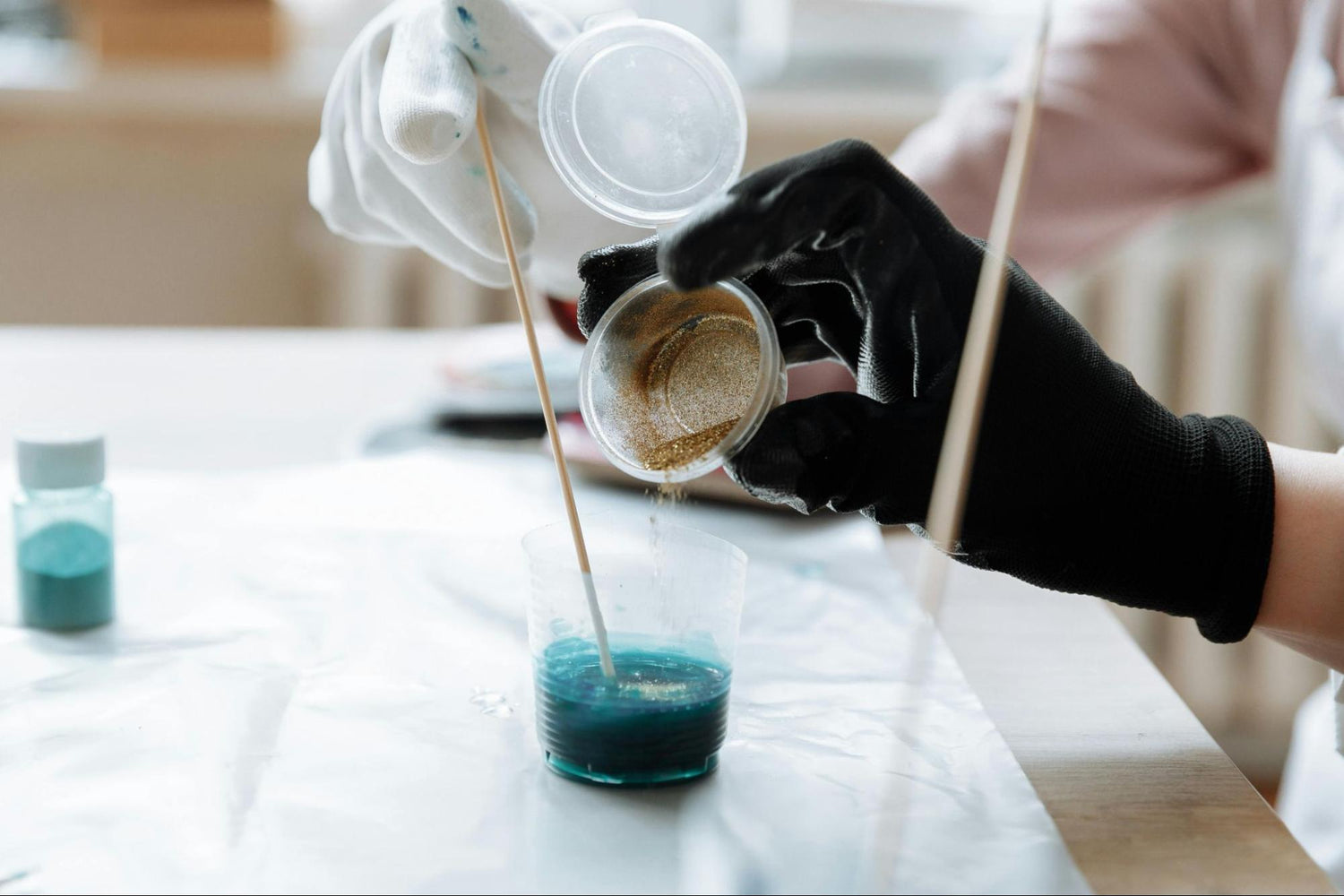
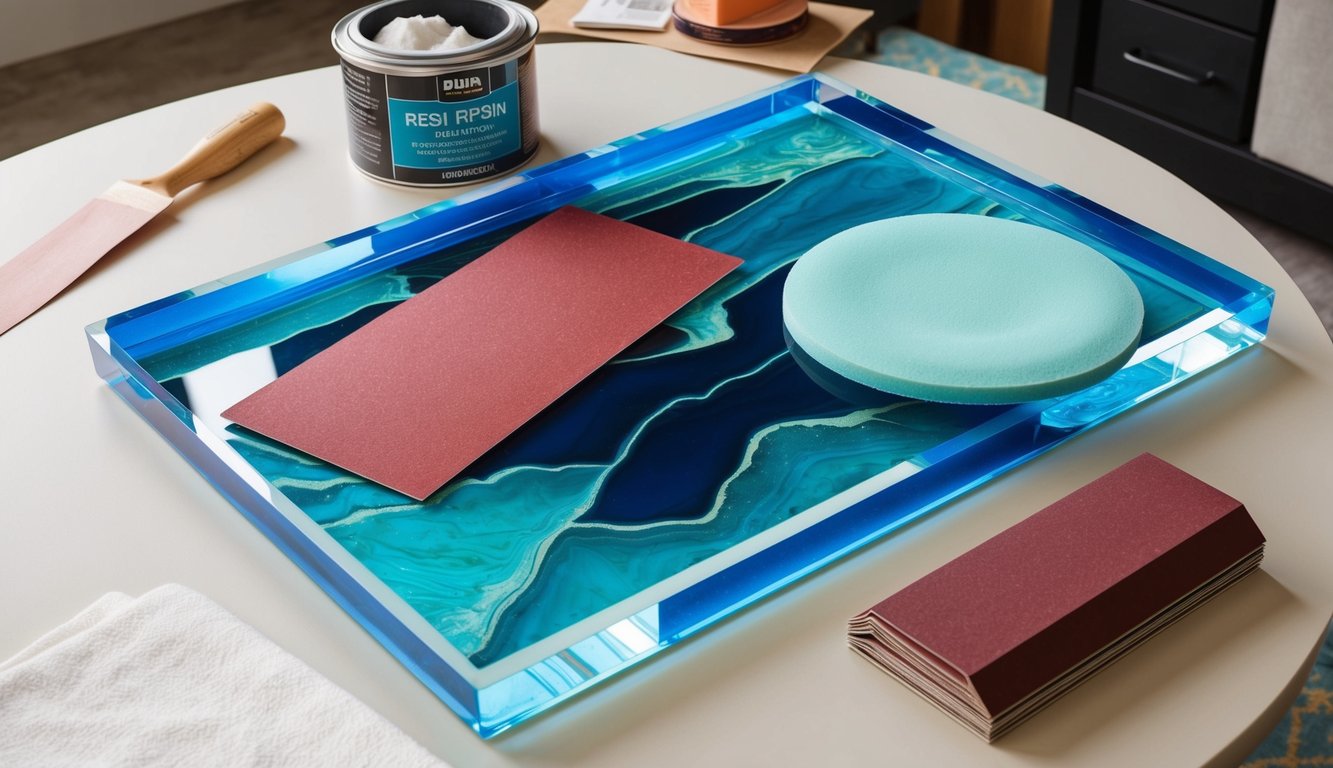
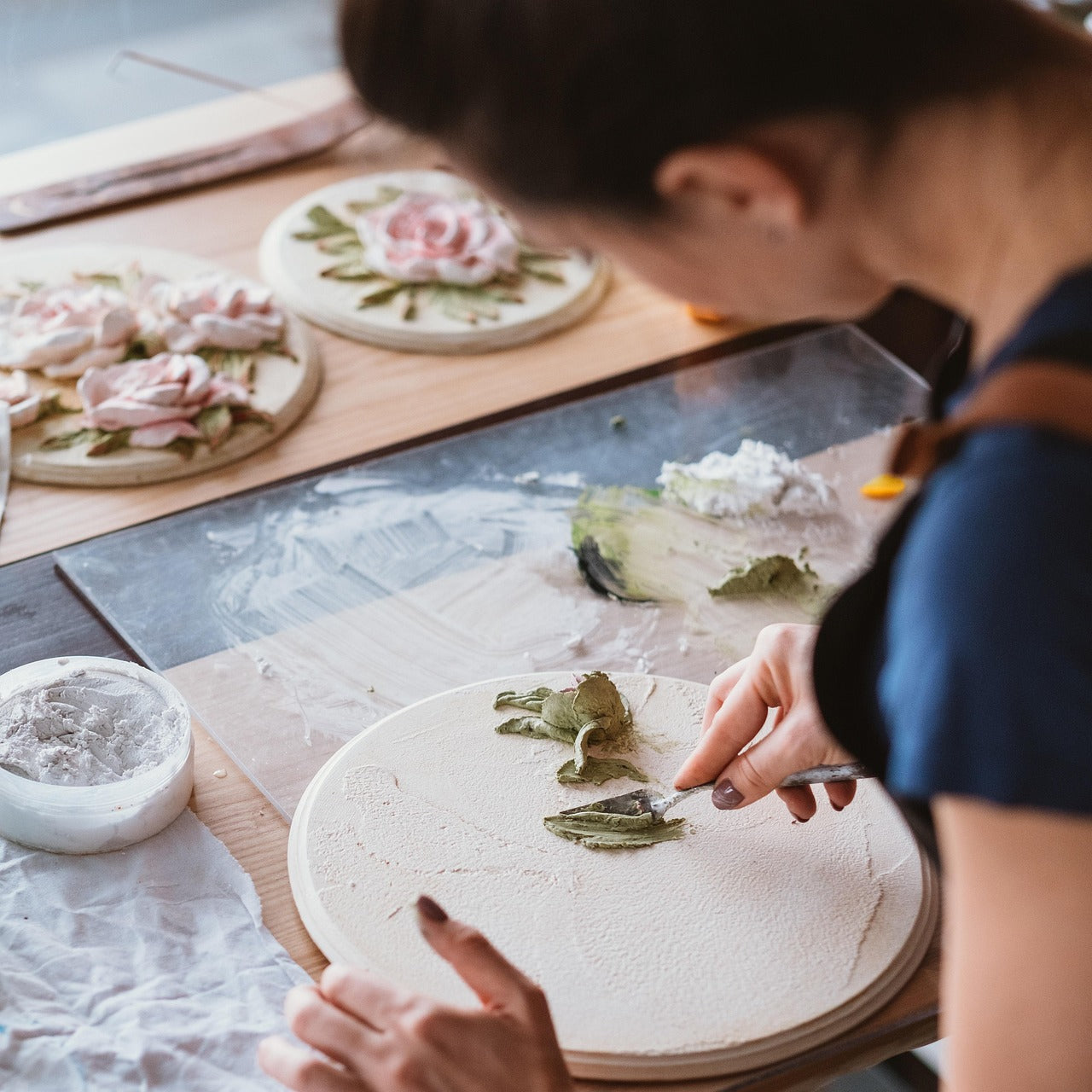
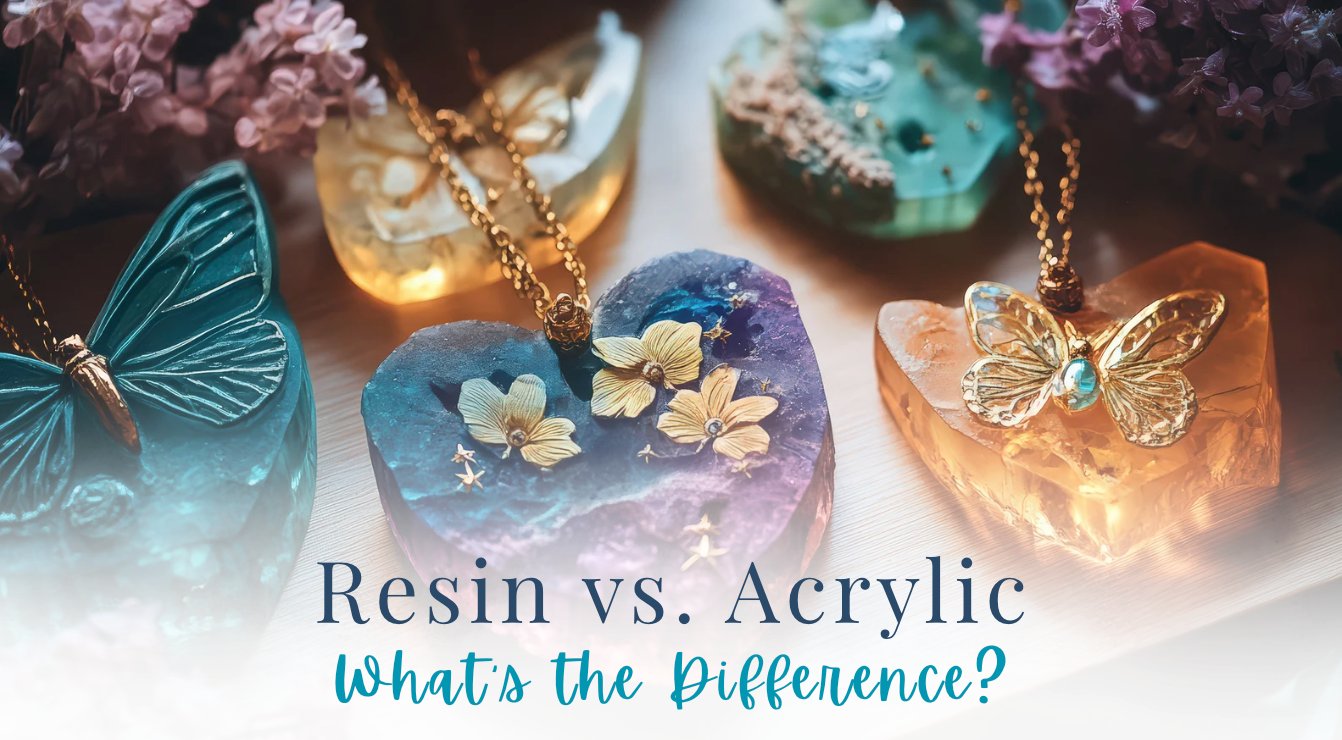
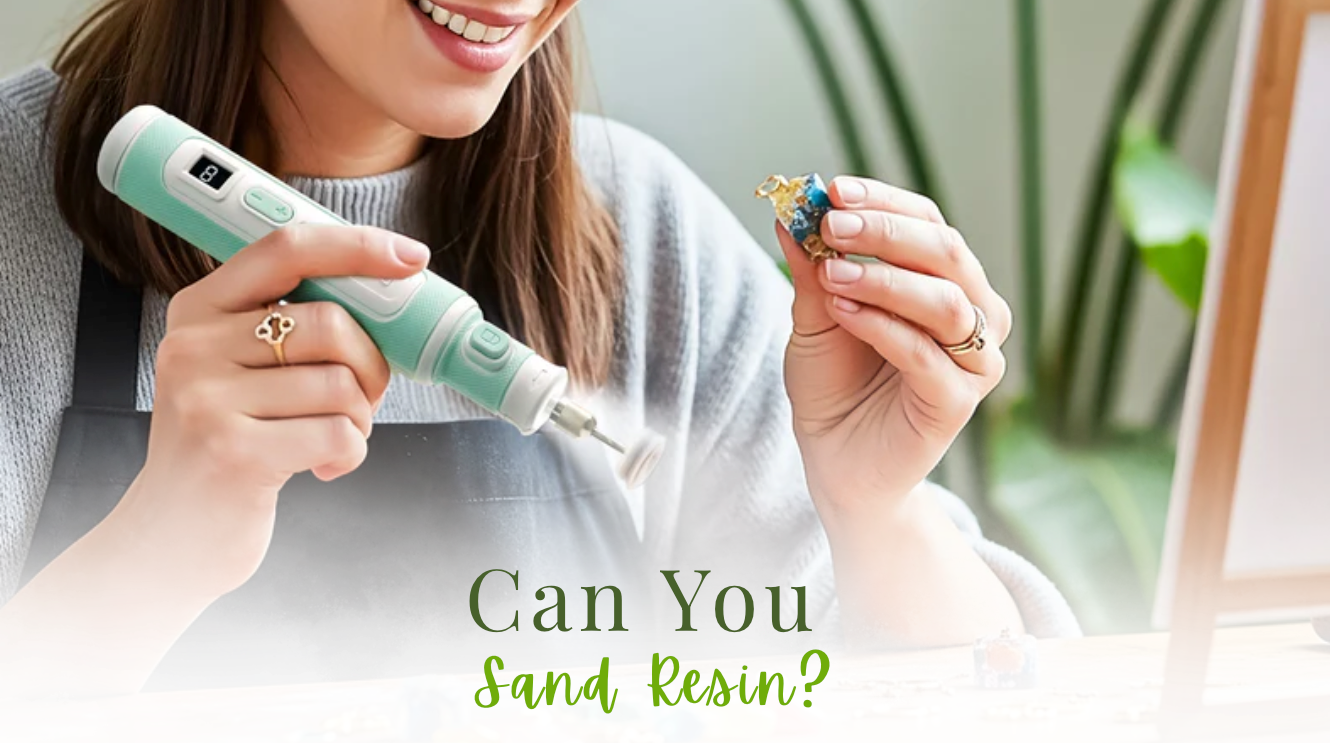
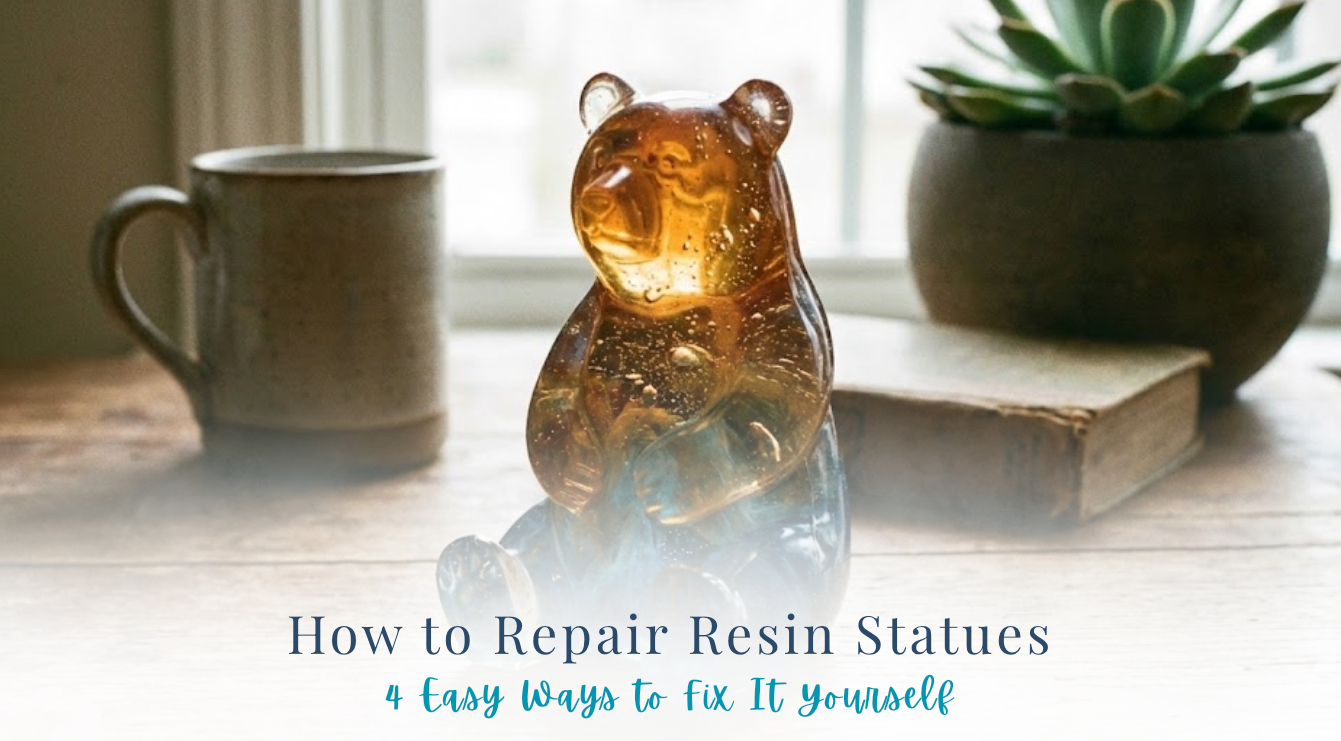

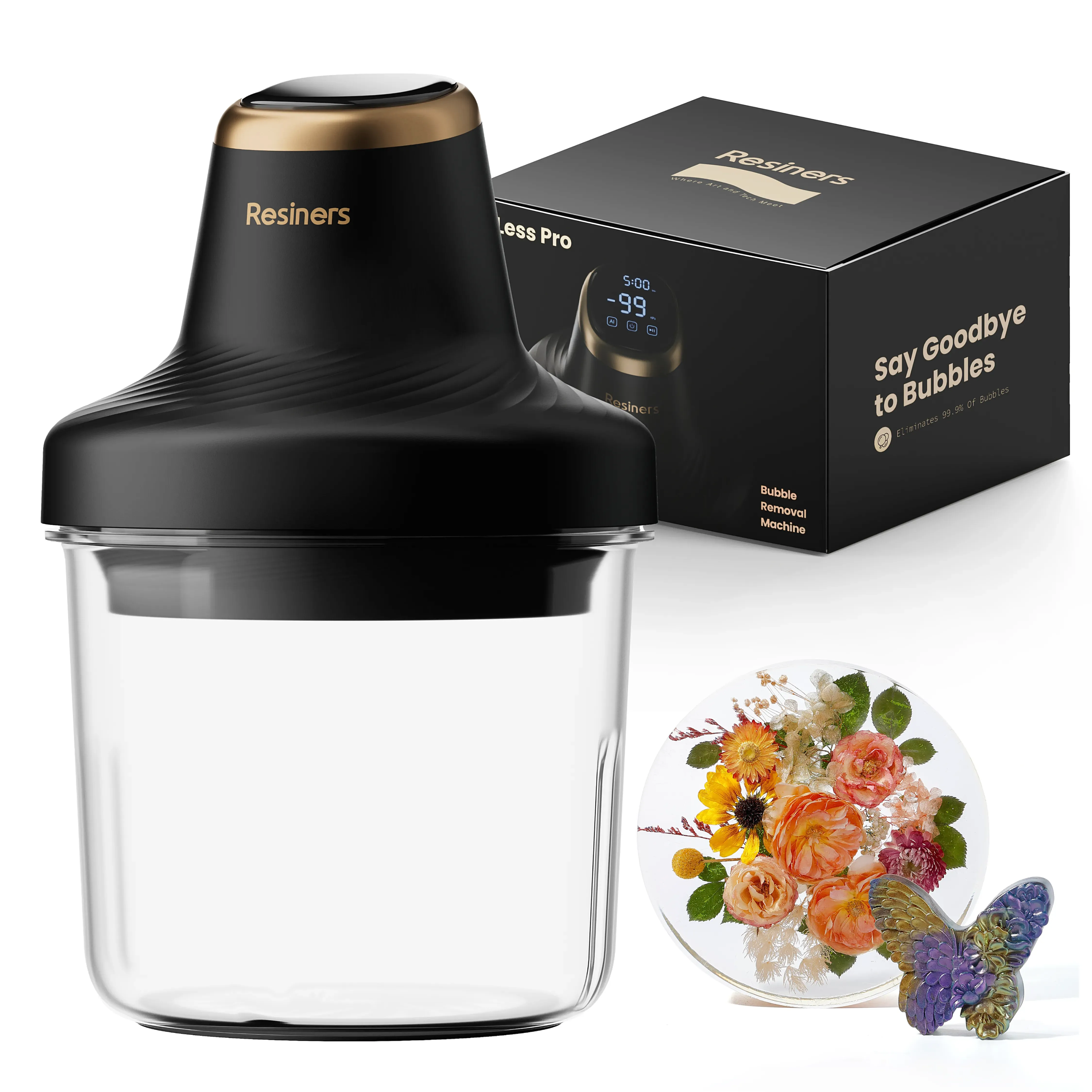


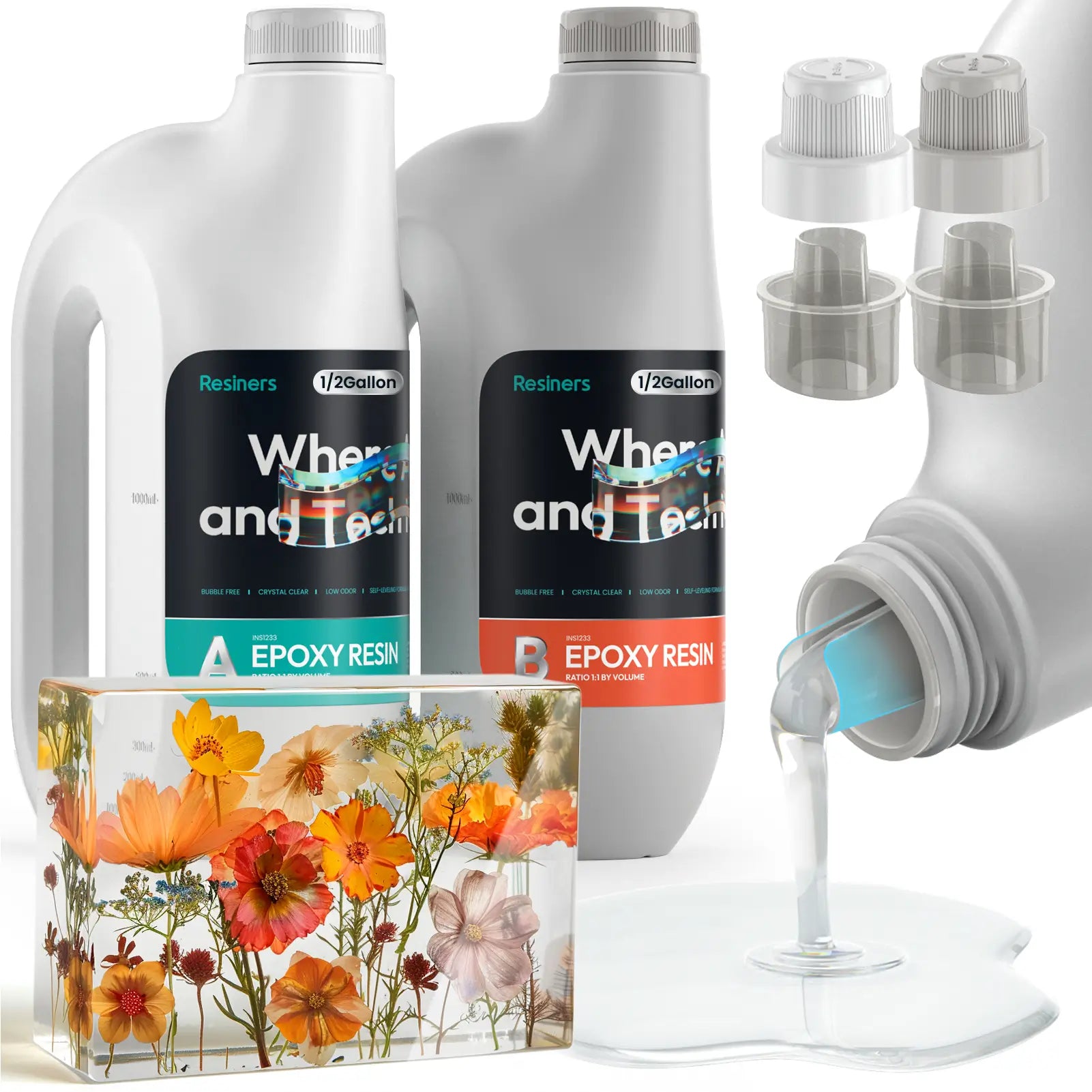
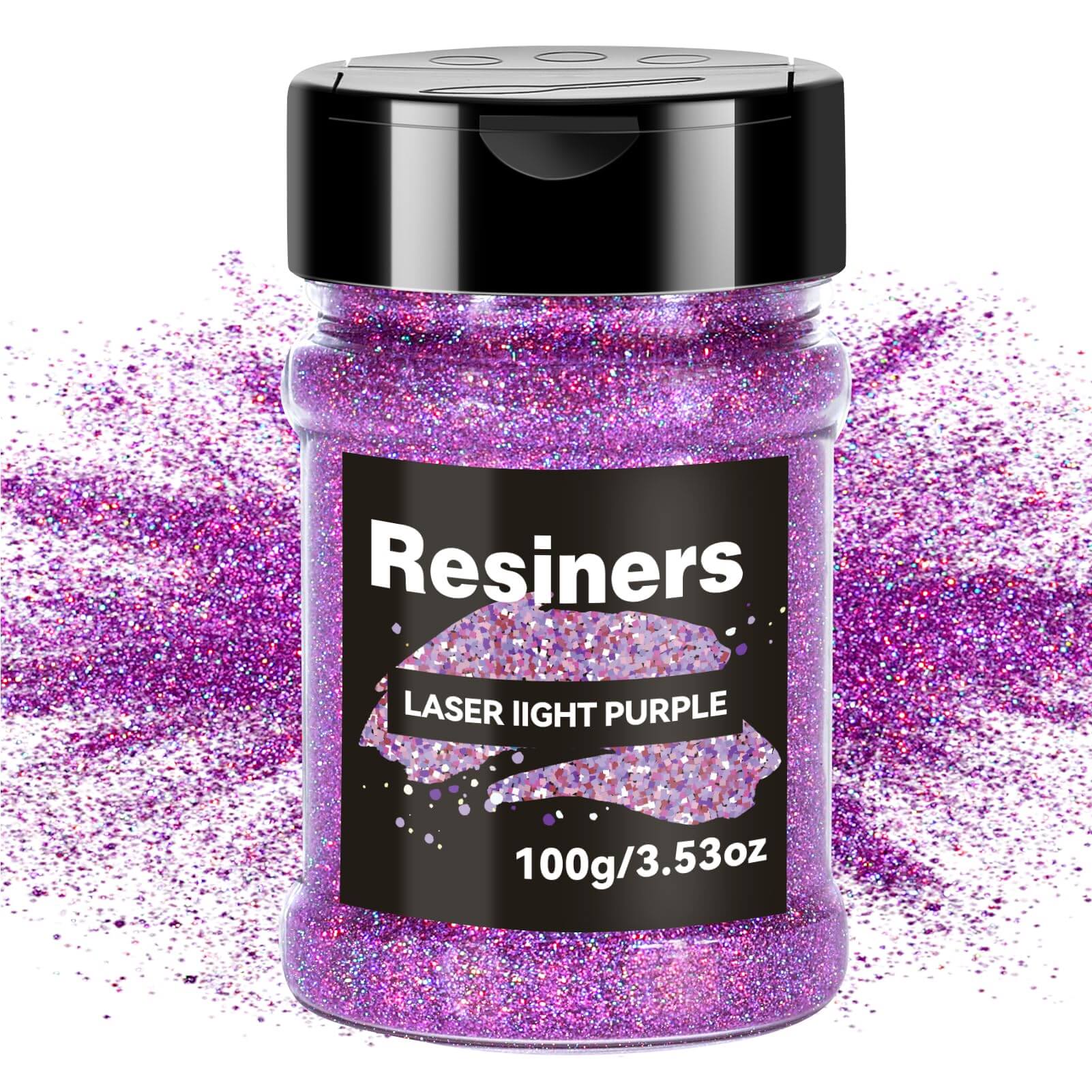
コメントを書く
このサイトはhCaptchaによって保護されており、hCaptchaプライバシーポリシーおよび利用規約が適用されます。